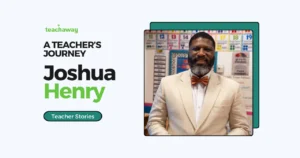As teachers, our main focus is educating students. But how often do you ask yourself: are my lesson plans student-centered? Or most importantly: is my classroom student-centered?
This isn’t only a question for teachers teaching younger learning groups like elementary-aged students. Teachers of university-level students need to be conscientious of this as well. It’s important to make sure you are creating a classroom space where each of your students can speak up and offer insights into lessons, communicate with one another, and make choices about their own learning paths.
So how can you decide how student-centered your classroom is? Why not see how many of the statements below are true of your classroom:
The student-centered classroom – a checklist
-
I do things to show my students that I respect and value their opinions, and I can list at least three ways that I show them this in my classroom.
-
I make sure that my students get to make at least some decisions about their learning process, whether it’s choosing specific classroom materials, specific assignments, etc.
-
With regard to the physical space, I engaged my students in the desk arrangements and we regularly cycle through group and single-spaced seating.
-
I often check in with my students individually to see how they are doing and how much of the material they are understanding.
-
There is a good deal of student talk time in my classroom.
-
I don’t just provide direct instruction (demonstration, lecturing), but I try more facilitative modes of teaching like guiding, open-ended questioning, posing problems for classroom discussion, etc.
Do you have other ways that you ensure your classroom is student-centered? Share them with us in the comments below!



